Land Navigation: Calculating your Pace Count
Land Navigation: Calculating your Pace Count
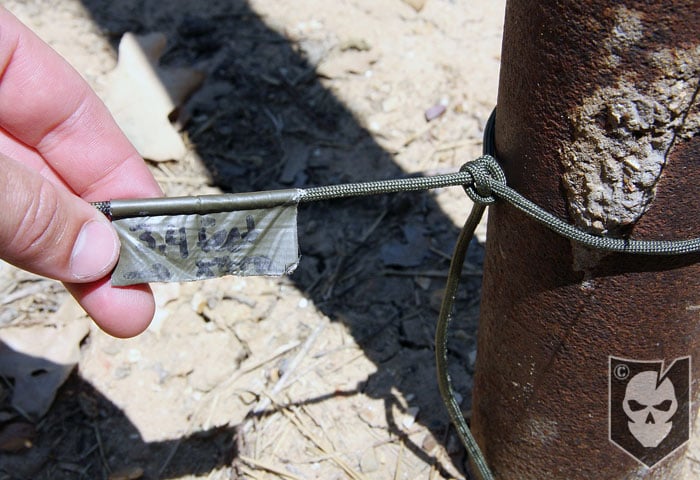
In land navigation it’s important to crawl before you can walk, and determining your pace count is fundamental.
Every bit of information that you can gather about your location has it’s place in navigation, so no techniques should be discounted or ignored.
While some might dismiss pace count as a “waste of time” or “too hard to keep up with,” those are probably the same people who have never really had to find their way before.
A pace count will enable you to know the distance you’re traveling by determining, in advance, the number of paces it takes you to travel a pre-set distance.
You’ll then need to give yourself some kind of reminder that you’ve covered that distance, as well as each time you hit your magic number, or pace count.
Setup
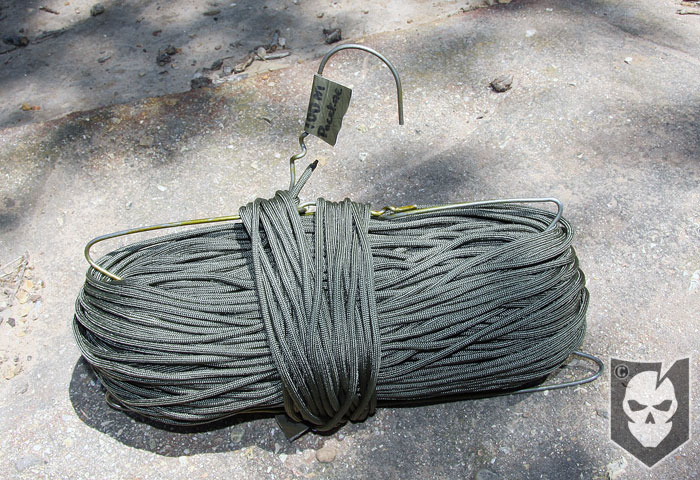
First, start with a 100 Meter measurement on flat terrain. We’ve got a 100m + length of 550 cord we use as a pace line. It’s wrapped around and spool that was created out of a coat hanger… Inventive right? Yep.
When we say 100 +, it means that on each end there is around 3 feet of extra 550 cord so it can be tied off to whatever is available in the terrain we’re in.
There’s also a tape marker indicating where the extra 550 cord starts on each end so that we can be as accurate as possible with our pace count.
With 100m of 550 cord, the line is going to sag no matter how tight you think you’ve pulled it. An option is to tie the line at a height even with where your hand hangs down at your side.
This will enable you to form an open loop with your thumb and index finger around the rope, and follow the line while walking. Just be sure that having your fingers around the line isn’t slowing your pace. You can also leave the line lying on the ground, but this will keep you looking down.
Walk the line
There’s not much left to do but walk the line. Start with your feet together on the starting line and step off with your left foot. Every time your left foot touches the ground, including your first step, count it.
Some people count every step, left and right, but we feel it’s better to have a smaller number to count to and count double paces. This will help you not to loose track as easily.
After walking your pace line, take out a notebook and pencil and write down your magic number. Walk the pace line at least two more times, add all the numbers together and divide by three. This is your base pace-count, and also the lowest it will ever be!
A high school track can also be utilized as a pace line if you don’t have the resources to create your own. The downfall to this will be covered further in the article.
Factors affecting pace count
After you’ve determined your pace count on a flat terrain, it’s time to get inventive. There are so many factors that can affect pace count that you may encounter.
Nightfall, weather (rain, snow, etc..), walking uphill, walking downhill, carrying a pack, terrain type (muddy, soft, etc…), mental and physical exhaustion.
These are all factors that will affect pace count, but believe it or not, all of these will never be lower than your base pace-count. Even walking downhill you’ll most likely take more steps than usual.
Keep in mind that distance on a map is “as the crow flies” and will not be an accurate representation of distance. For instance walking uphill will increase your distance and cause you to take shorter steps.
Based on the above information, we recommend war-gaming every scenario you can replicate and logging your pace count. Keep a record of how many paces it takes you to travel the 100m in each condition.
This is why a simple high school track won’t be sufficient, you need to get out into the types of terrain you could potentially encounter.
A pace-count log makes an excellent item to have laminated, and keep with you as a reference while navigating.
Update: See our new article on How To Make Your Own Pace Count Beads for Land Navigation







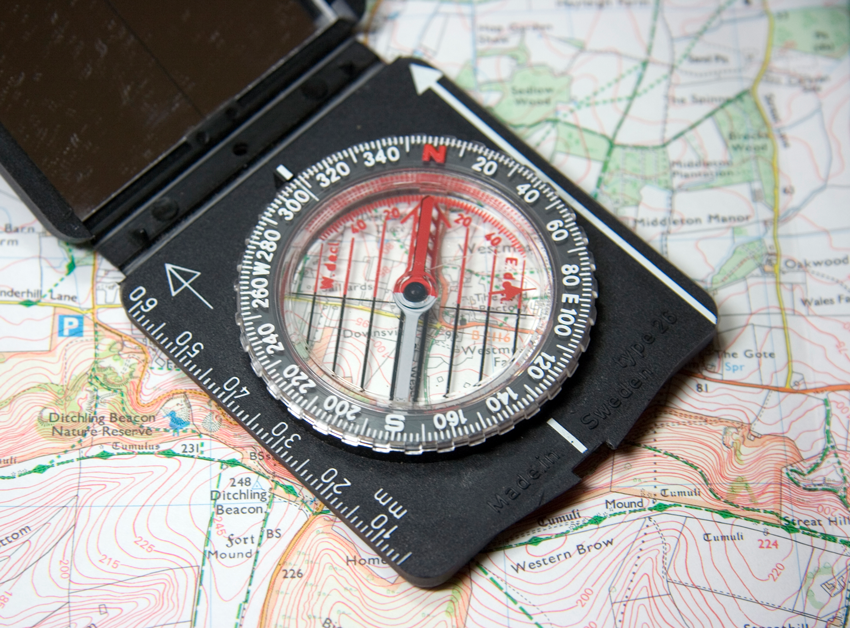
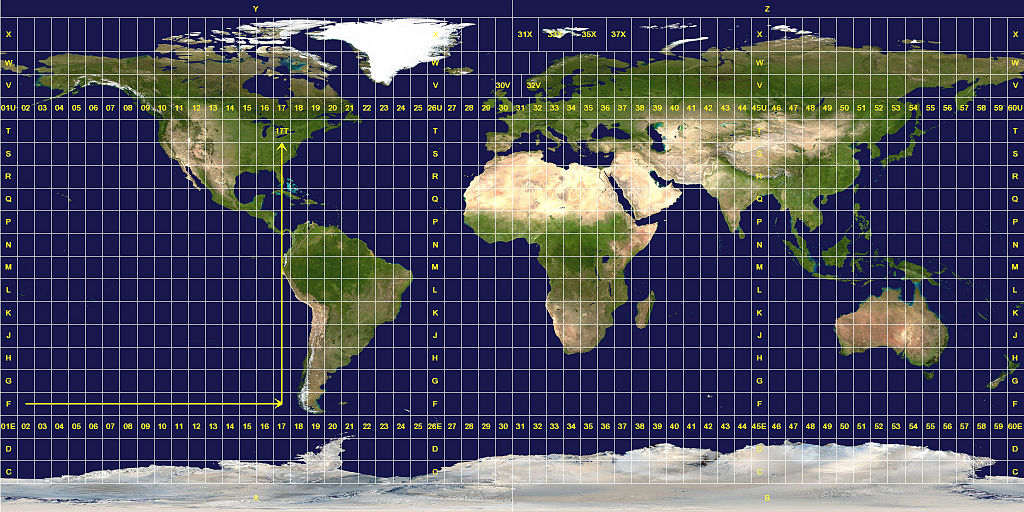

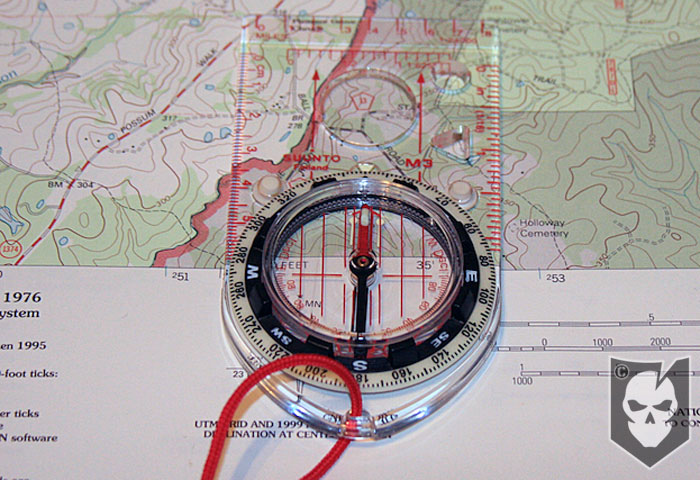

Discussion